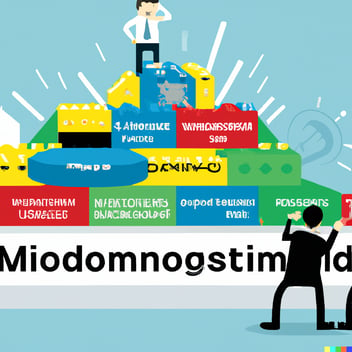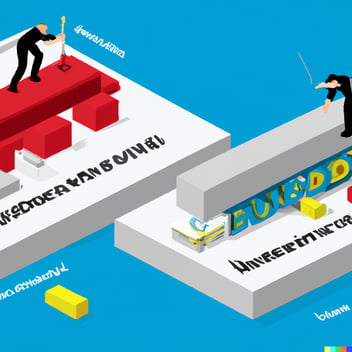I work at the intersection of strategy, operations, and digital. In today’s complex and rapidly evolving business environment, the discipline of enterprise design has become increasingly critical. In this post, I will delve into the reasons behind the escalating need for enterprise design and illustrate its impact through real-world examples.
- Digital Transformation
Reason: Digital transformation is not just about implementing new technology—it’s about reshaping the entire enterprise to thrive in the digital age. Enterprise designers play a vital role in ensuring that digital initiatives align with the organization's strategy, culture, and operational structure.
Example: A traditional banking institution was lagging in digital adoption. An enterprise designer was pivotal in not just selecting the right technology stack but also in redesigning processes, roles, and customer interactions to create a truly digital-first organization.
- Integration of Siloed Departments
Reason: Modern organizations often struggle with siloed departments that hinder collaboration and efficiency. Enterprise design helps integrate these silos into a cohesive whole, aligning goals and improving cooperation across departments.
Example: A multinational corporation was experiencing inefficiencies due to lack of collaboration between its regional offices. Through enterprise design, the company was able to create unified workflows and communication structures, significantly improving operational efficiency.
- Business Agility
Reason: In a fast-paced business environment, organizations need to be agile—able to respond quickly and effectively to change. Enterprise design can enhance business agility by creating flexible processes and structures that can adapt to new challenges and opportunities.
Example: An e-commerce company was struggling to keep pace with changing customer demands and market trends. The enterprise designer introduced agile methodologies at every level of the organization, enabling it to respond swiftly and effectively to new opportunities.
- Customer-Centricity
Reason: Today's consumers demand seamless, personalized experiences. Enterprise design can help organizations become more customer-centric by aligning all aspects of the enterprise—from strategy to operations to technology—around the needs and expectations of the customer.
Example: A telecommunications company was facing high churn rates due to poor customer service. An enterprise designer was instrumental in reshaping the organization’s processes, systems, and culture to focus on customer satisfaction, significantly improving retention rates.
- Innovation and Growth
Reason: Enterprise design can spur innovation and growth by helping organizations identify new opportunities, make strategic decisions, and implement changes more effectively.
Example: A tech startup wanted to scale its operations without losing its innovative edge. Through enterprise design, the company was able to design scalable processes and structures while still fostering a culture of innovation and entrepreneurial spirit.
Enterprise design is no longer a nice-to-have but a necessity for any organization seeking to navigate today’s complex and dynamic business landscape. It brings a holistic, design-thinking approach to business strategy and operations, delivering tangible benefits in terms of efficiency, agility, customer satisfaction, and innovation.




